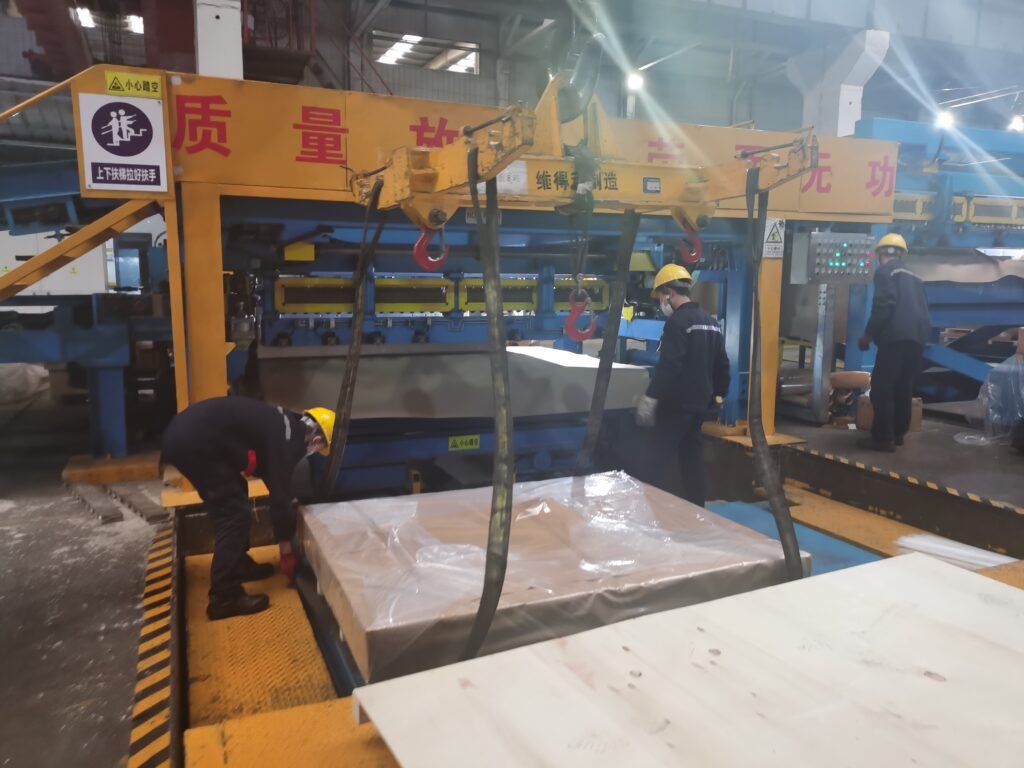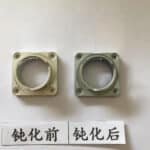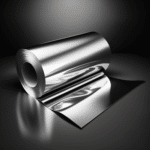Introduction
In this comprehensive guide, we delve into the most effective techniques and best practices for cutting aluminum sheet metal. Aluminum is a lightweight, versatile, and corrosion-resistant material widely used in various industries. This guide will equip you with the knowledge to safely and precisely cut aluminum sheets, ensuring top-notch results every time.
Safety Precautions
Before diving into the cutting process, let’s go over some essential safety precautions:
- Wear safety gear: Equip yourself with safety goggles, gloves, and hearing protection when using power tools.
- Work in a well-ventilated area: Ensure proper airflow to minimize the risk of inhaling harmful particles.
- Use clamps or a workbench: to secure the aluminum sheet to prevent movement while cutting.
Choosing the right tools
Selecting the appropriate tools for cutting aluminum sheets is crucial. Here’s a list of common tools and their applications:
Hand Tools
- Tin snips: ideal for cutting thin aluminum sheets, available in left, right, and straight-cutting variants.
- Hacksaw: Suitable for making straight or curved cuts in thicker aluminum sheets.
- Utility knife: applicable for scoring and cutting very thin aluminum sheets.
Power Tools
- Jigsaw: capable of cutting intricate shapes and curves in aluminum sheets.
- Circular saw: perfect for making long, straight cuts in thicker aluminum sheets.
- The band saw: offers precision cutting for a variety of shapes and sizes.
Proper cutting techniques
After selecting the right tool, it’s time to learn the correct cutting techniques:
- Measure and mark your cuts: Use a ruler and a marking pen to create accurate lines for cutting.
- Secure the aluminum sheet: clamp the sheet to a workbench or use a straightedge to guide the cut.
- Apply cutting lubricant: This reduces friction, prolongs tool life, and ensures smoother cuts.
- Maintain steady pressure: Apply consistent force while cutting to avoid binding or kickback.
Deburring and Finishing
Once you’ve made the cuts, it’s essential to deburr and finish the edges:
- File the edges: Use a metal file to remove burrs and sharp edges.
- Sand the edges: Employ sandpaper or an abrasive pad for a smooth finish.
- Polish the edges: Apply aluminum polish for a clean, professional appearance.
Cutting Aluminum Sheet Metal with Power Tools
When using power tools to cut aluminum sheets, follow these best practices:
- Select the appropriate blade: Use carbide-tipped blades specifically designed for cutting non-ferrous metals.
- Adjust the cutting speed: Lower speeds help prevent overheating and extend blade life.
- Maintain a clean workspace: Regularly clean aluminum chips to avoid potential hazards.
Maintaining Your Tools and Equipment
Proper maintenance of your tools is critical for efficient cutting and prolonged life:
- Inspect tools regularly: Check for damaged or worn parts and replace them as needed.
- Clean tools after use: Remove any aluminum residue and lubricate moving parts to prevent corrosion and wear.
- Sharpen blades periodically: A sharp blade ensures smooth, precise cuts and reduces the risk of accidents.
- Store tools properly: Keep your tools in a dry, cool place, away from moisture and excessive heat.
Conclusion
Mastering the art of cutting aluminum sheet metal requires the right tools, proper techniques, and adherence to safety precautions. By following this comprehensive guide, you’ll be well-equipped to achieve precise and professional results in your aluminum cutting projects. Remember to maintain your tools and equipment to ensure their longevity and peak performance.






